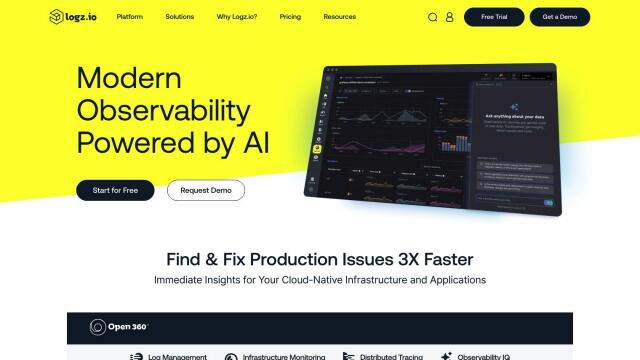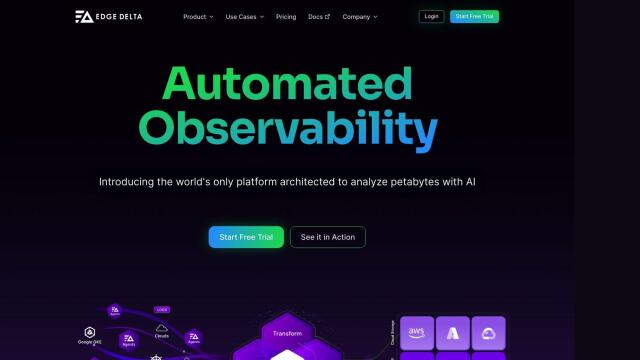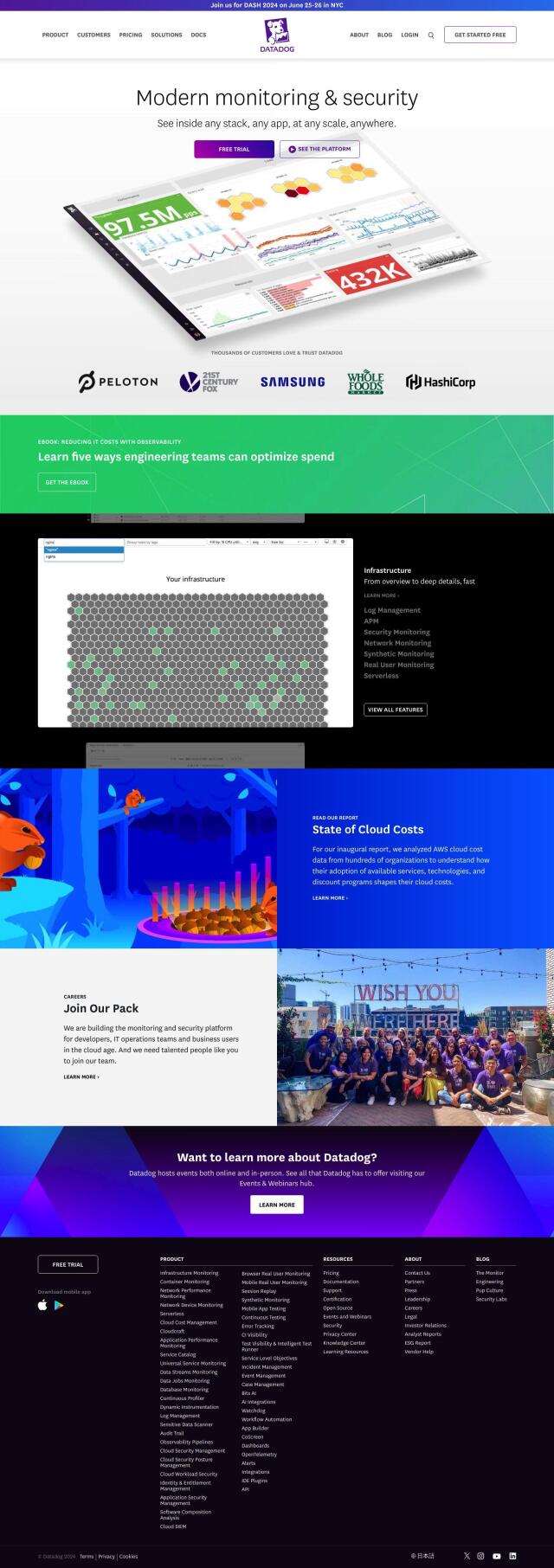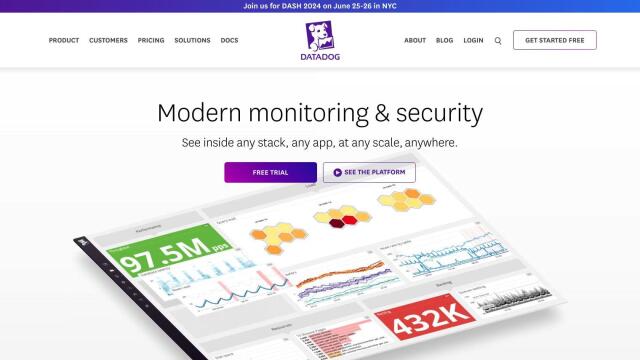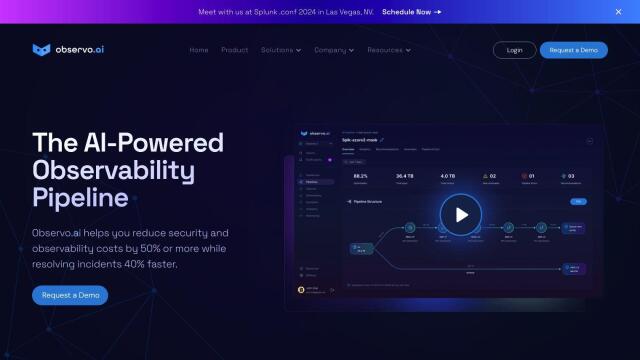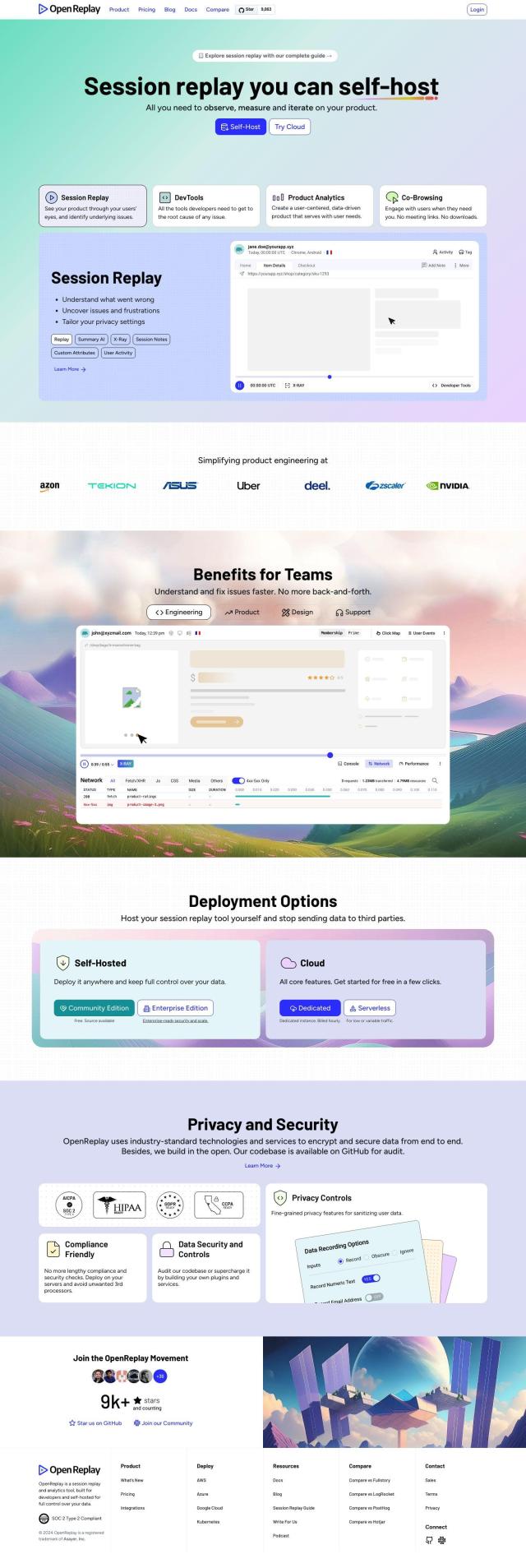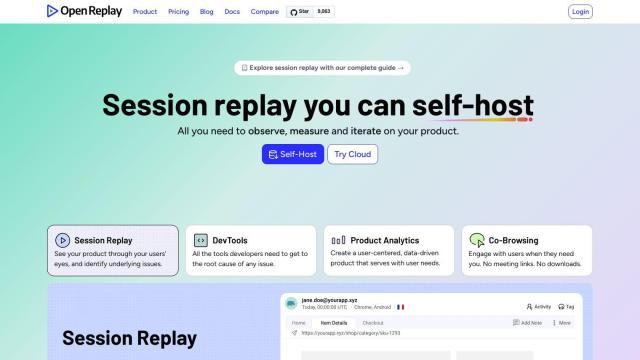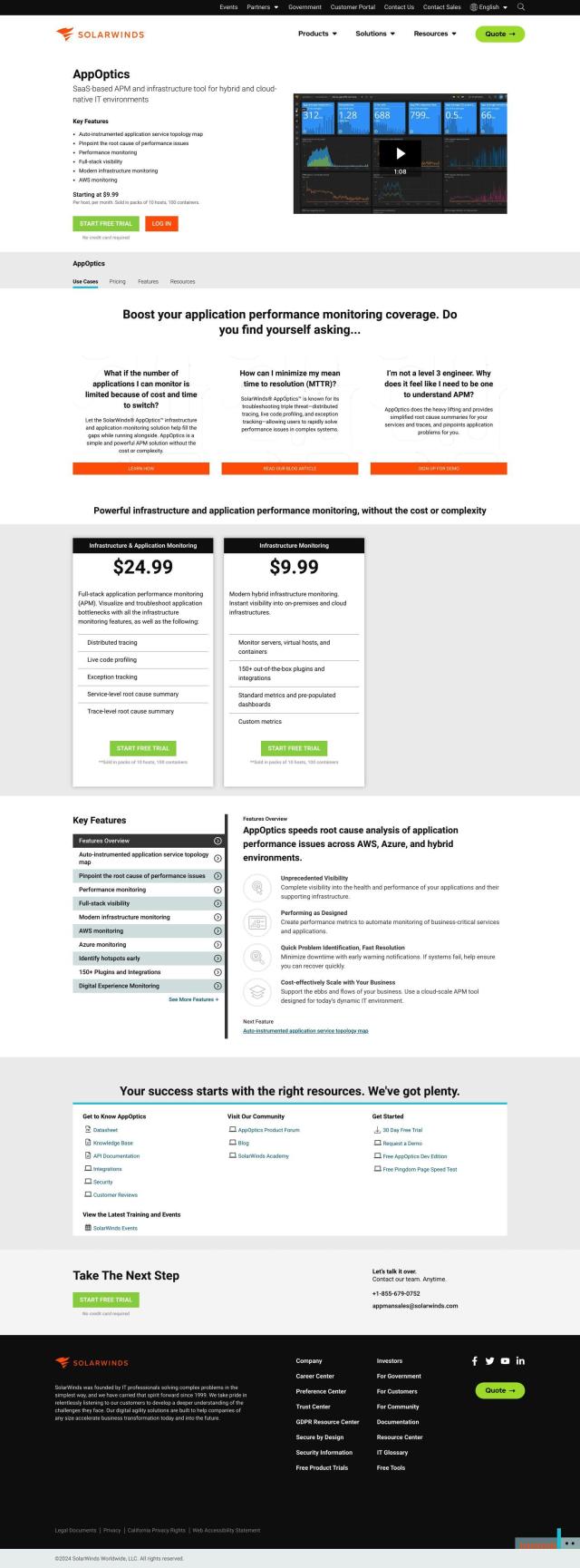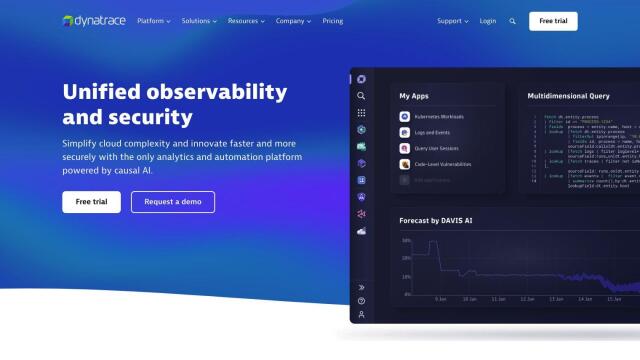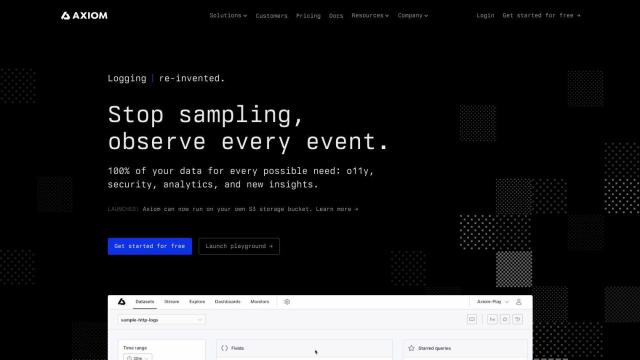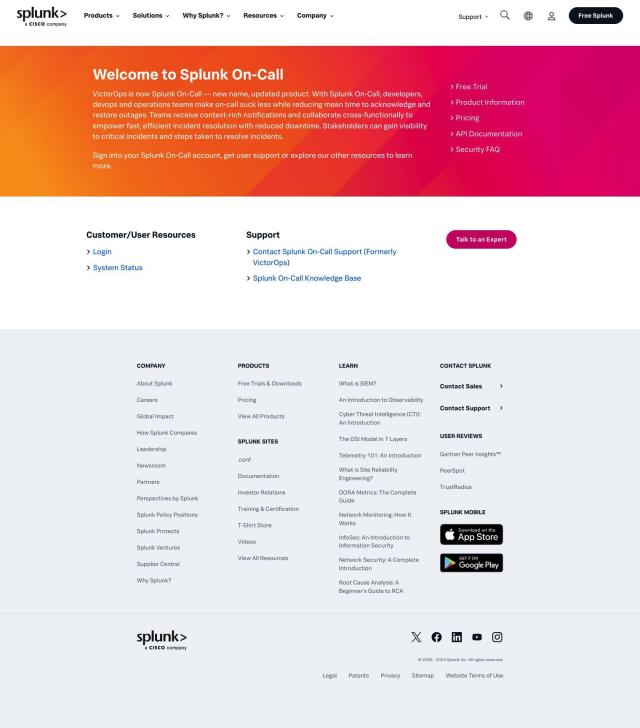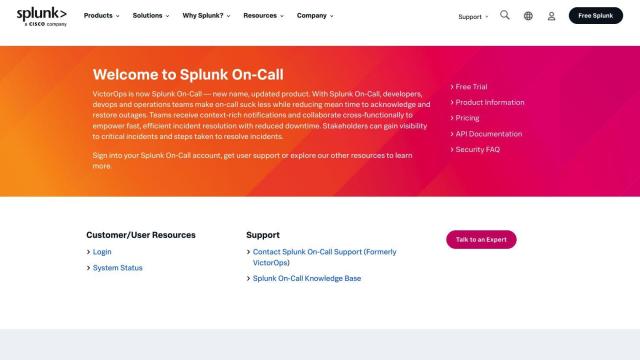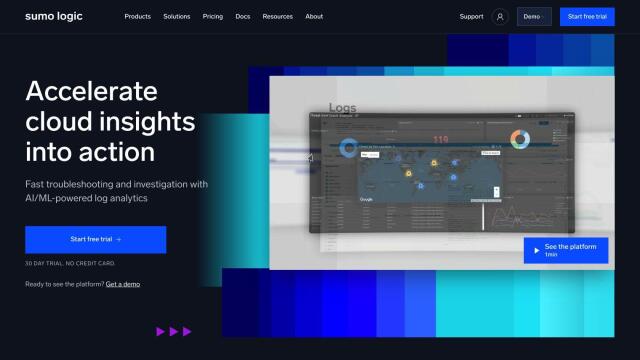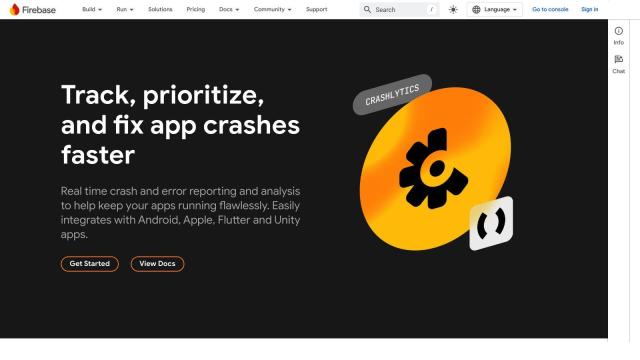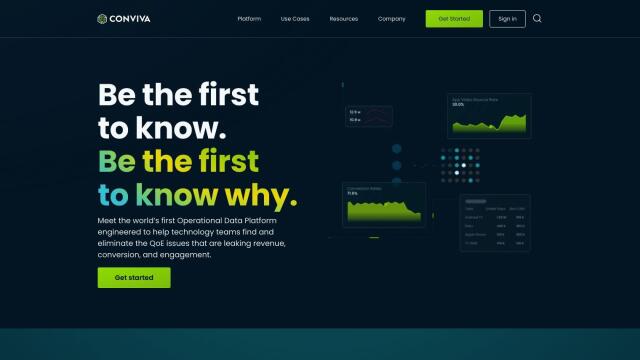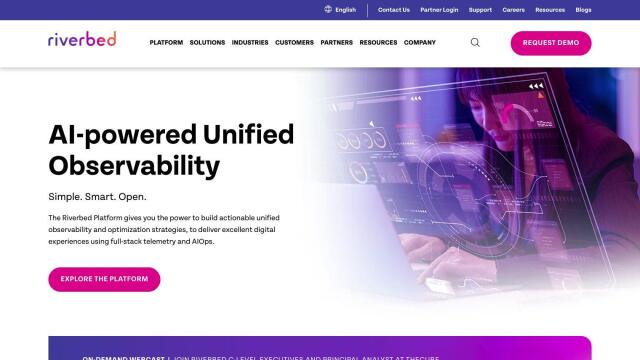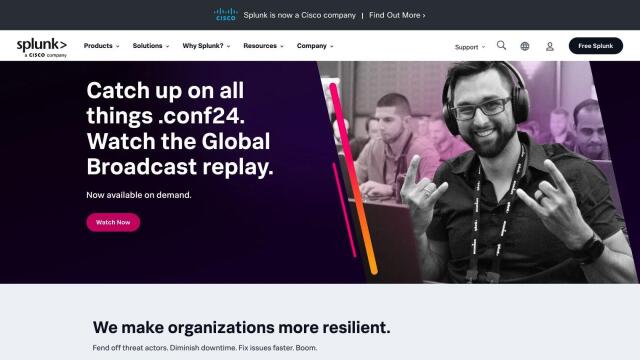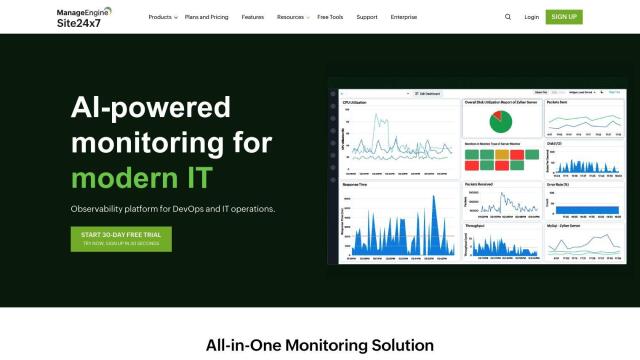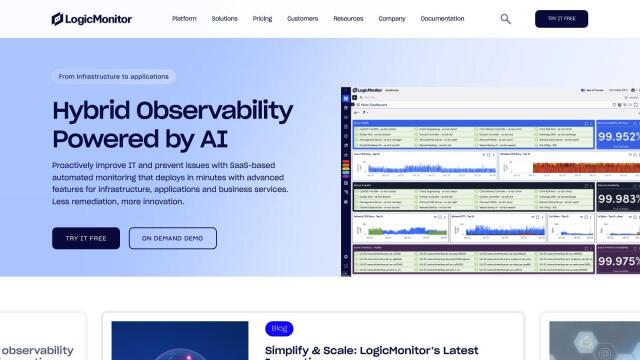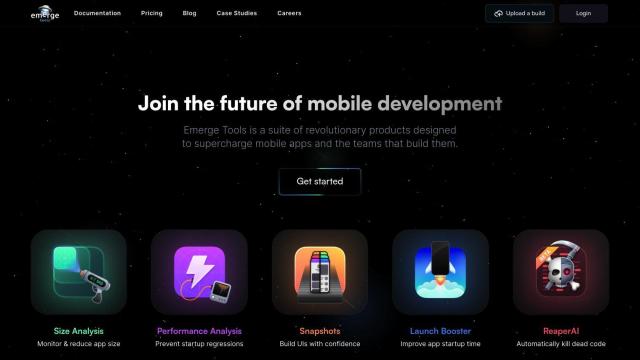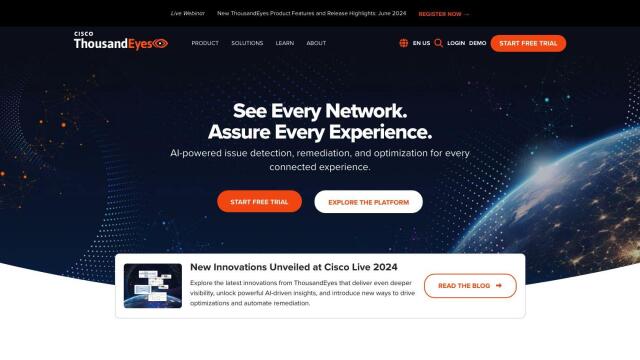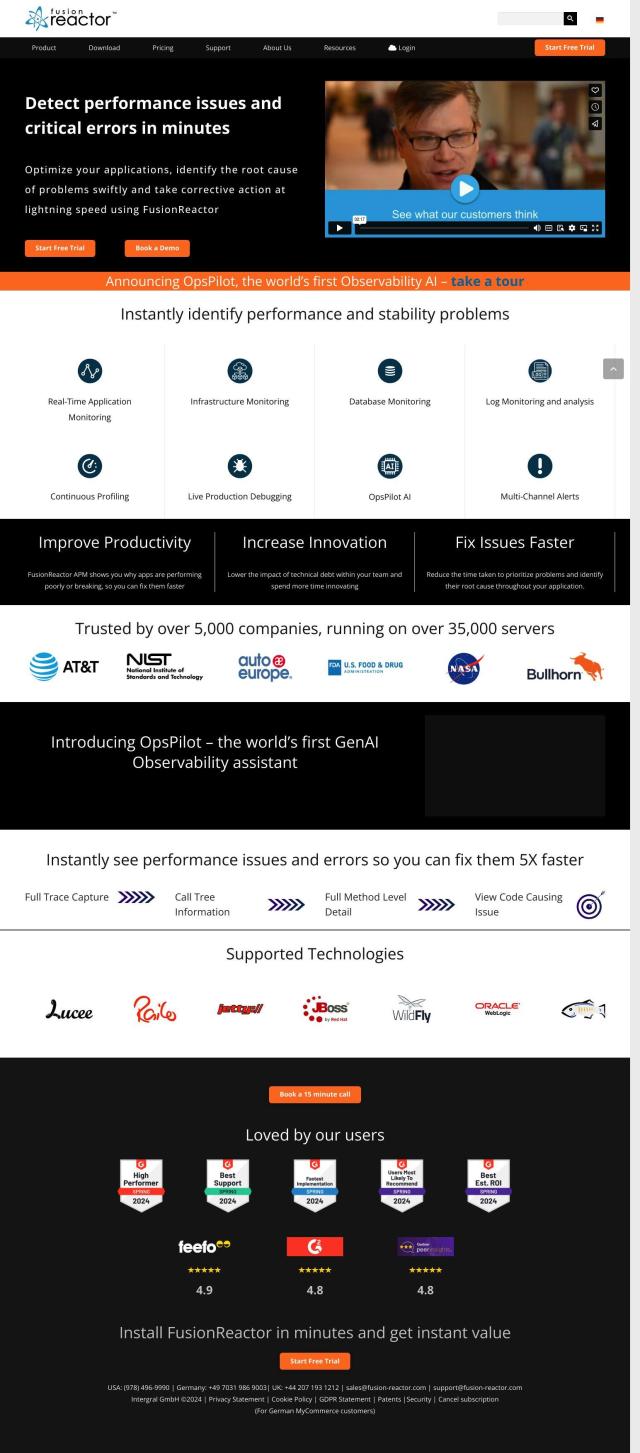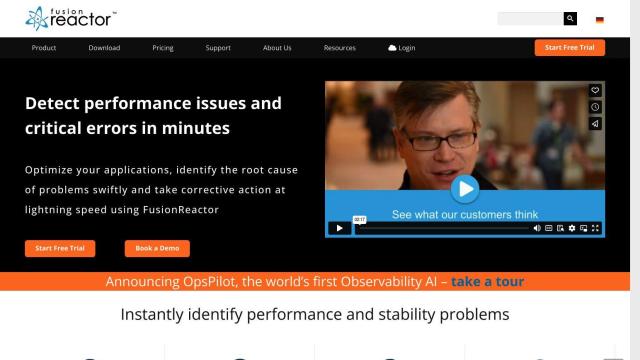Question: Can you recommend a mobile app observability tool that offers unlimited telemetry without breaking the bank?

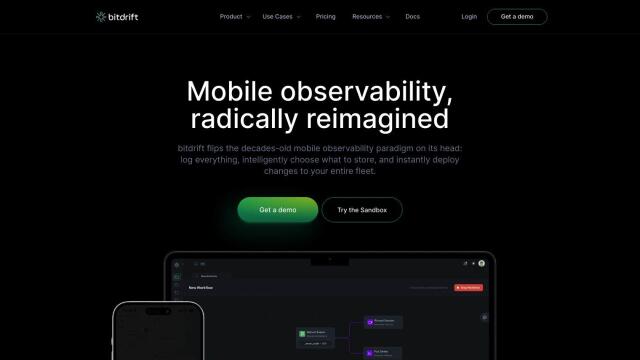
bitdrift
If you need a mobile app observability tool that doesn't charge an arm and a leg for unlimited telemetry, bitdrift is worth a look. It offers real-time visibility into mobile experiences with unlimited telemetry and a pay-by-CPU pricing model that includes a free tier for up to 10,000 active devices per month. The company's features include Session Timeline, UX Debug with Session Replay, and Real-time Control Plane, so it's a good option for optimizing mobile app efficiency and quality.

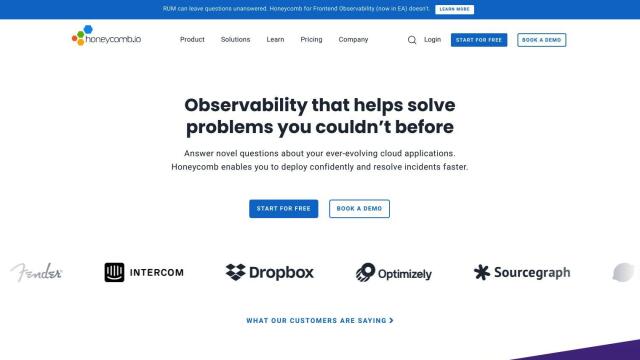
Honeycomb
Another strong contender is Honeycomb. The observability platform lets teams quickly identify the source of problems by integrating logs and metrics into a unified workflow and using data sampling to reduce costs. It also offers debuggable Service Level Objectives (SLOs) and integrates with Slack for better triage. Honeycomb charges by the volume of events, so costs don't increase as your team grows, making it a good option for teams that need to scale.

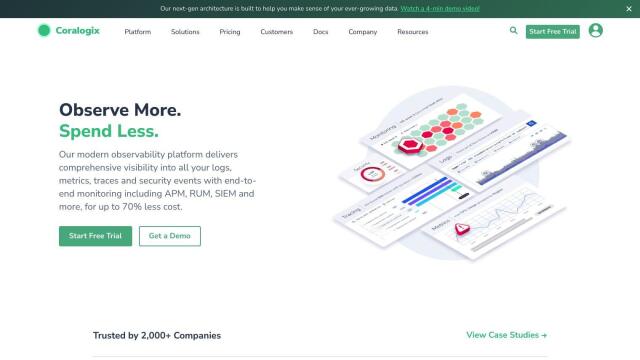
Coralogix
For a modern observability platform designed to be cost effective, check out Coralogix. It offers full visibility into system monitoring with features like centralized log analysis, custom metric data visualization and end-to-end tracing. Coralogix does away with expensive indexing and hot storage with its proprietary data streaming pipeline, which means big cost savings compared to traditional approaches. It also supports more than 300 tools and services, so it's a good option for system monitoring.

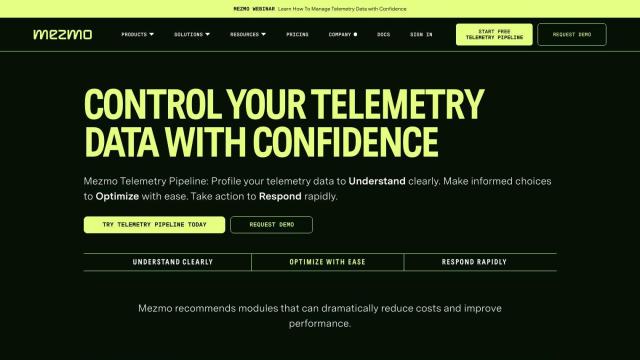
Mezmo
Last is Mezmo, which offers a cloud-based telemetry data pipeline that aggregates data from multiple sources and lets teams quickly troubleshoot with data profiling and custom processors. Mezmo supports integrations with popular tools like Splunk and Datadog and offers a free tier with limited features and users, as well as an Enterprise tier with unlimited users and features. That makes it a good option for teams that want to keep costs down while still getting the observability they need.



